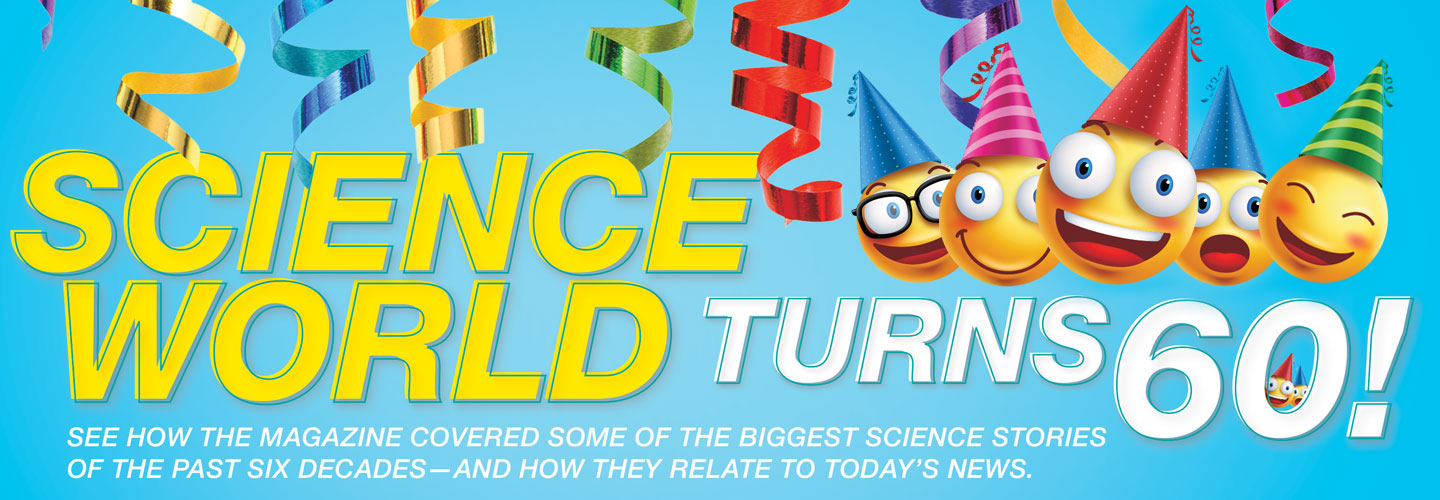SCHOLASTIC INC.
In the 1990s, medical technology was advancing fast. But no achievement rocked the scientific world as much as the birth of Dolly the sheep. Dolly was the first clone, or genetically identical copy, of an adult mammal. Science World covered the story in 1997, exploring whether this technology was ethical—and whether human clones were next.
Right now, Science World editors are keeping an eye on a new medical development that’s causing a similar ethical debate: CRISPR. It’s a technique that allows scientists to edit an organism’s genes. These units of hereditary information determine how creatures look and function. Last year, a controversy arose when a scientist claimed to have edited the genes of human embryos. Two babies whose genes he edited were recently born in China.
“Whenever there’s a big advance in science that lets us control more about life, it brings ethical questions,” says Megan Hochstrasser, a geneticist and communications manager at the Innovative Genomics Institute in California. “No tool is good or evil. It’s up to people to decide how it’s used.”

